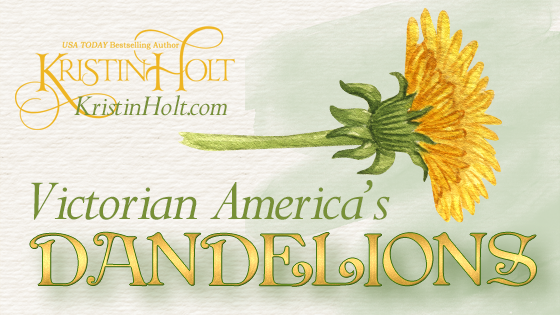
by Kristin Holt | May 31, 2022 | Articles
Dandelions were so much more than weeds to our Victorian ancestors. Not only were the tender plants sought for springtime vegetables and salads, but for tea, coffee, wine, beer, and prominent medicinal value. 19th century cook books and newspapers share the Victorian-American viewpoint on the value of dandelions from blossom to root. Recipes for edibles and curatives, advertisements, and more!
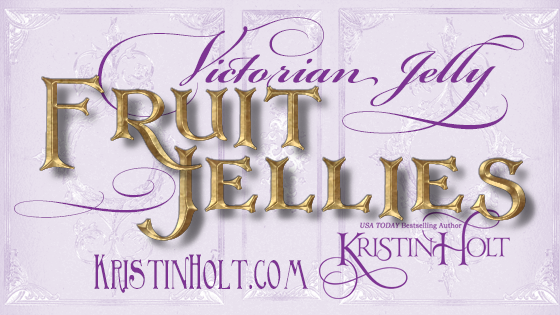
by Kristin Holt | Aug 25, 2021 | Articles
Nineteenth-century recipes for fruit jellies–the kind spread on toast or between cake layers. Vintage details instruct cooks on jellies (and jams) made of raspberry, cranberry, apple, strawberry, quince, three hues of currant, peach, plum, cherry, gooseberry, and more. How they capped their jelly tumblers might surprise you…
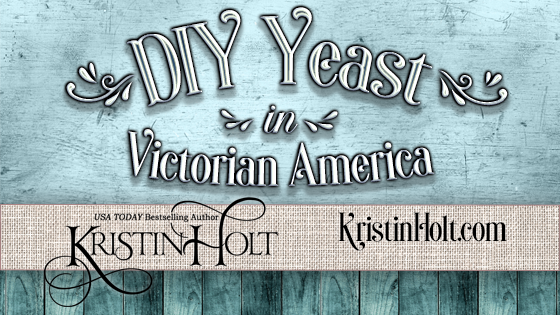
by Kristin Holt | Feb 18, 2021 | Articles
Nineteenth century breads often called for “a teacup of yeast,” a huge amount compared to today’s recipes. Victorian-era housekeepers (e.g. wives) made their yeast. And continued to whip up fresh batches of yeast (with a touch of the last batch as a starter) well after commercially prepared yeast waited on grocer’s shelves.
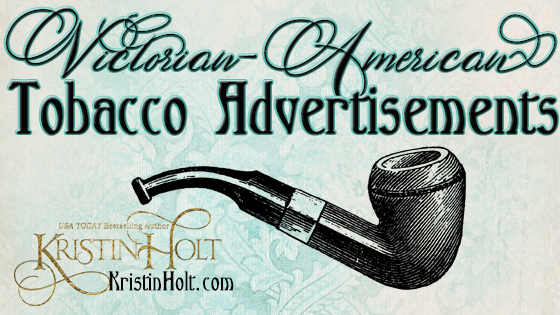
by Kristin Holt | Feb 15, 2020 | Articles
Advertisements from vintage newspapers and periodicals shed much light on the tobacco habits of our nineteenth century United States ancestors. Each ad cites sources, dates, and provides everything from brand names to prices to general categories to help us draw conclusions about tobacco use in the Victorian United States.
Why? Because accurate backdrops make for exciting fiction!
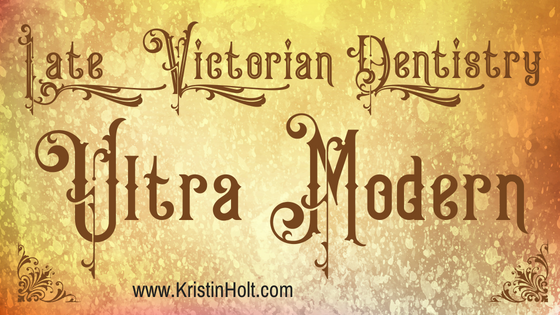
by Kristin Holt | Jun 18, 2018 | Articles
While researching dentistry in 1890 for an accurate setting for my title, Isabella’s Calico Groom, I was quite surprised by how advanced and “modern” (by today’s standards) dentistry was. Significant advances in dentistry had occurred in the previous decades, making dentistry truly “modern” compared to patients’ previous experiences. The sheer quantity and magnitude of improvements in dentistry qualify dentists of the 1890s to claim “Modern Dentistry” in their advertisements.













